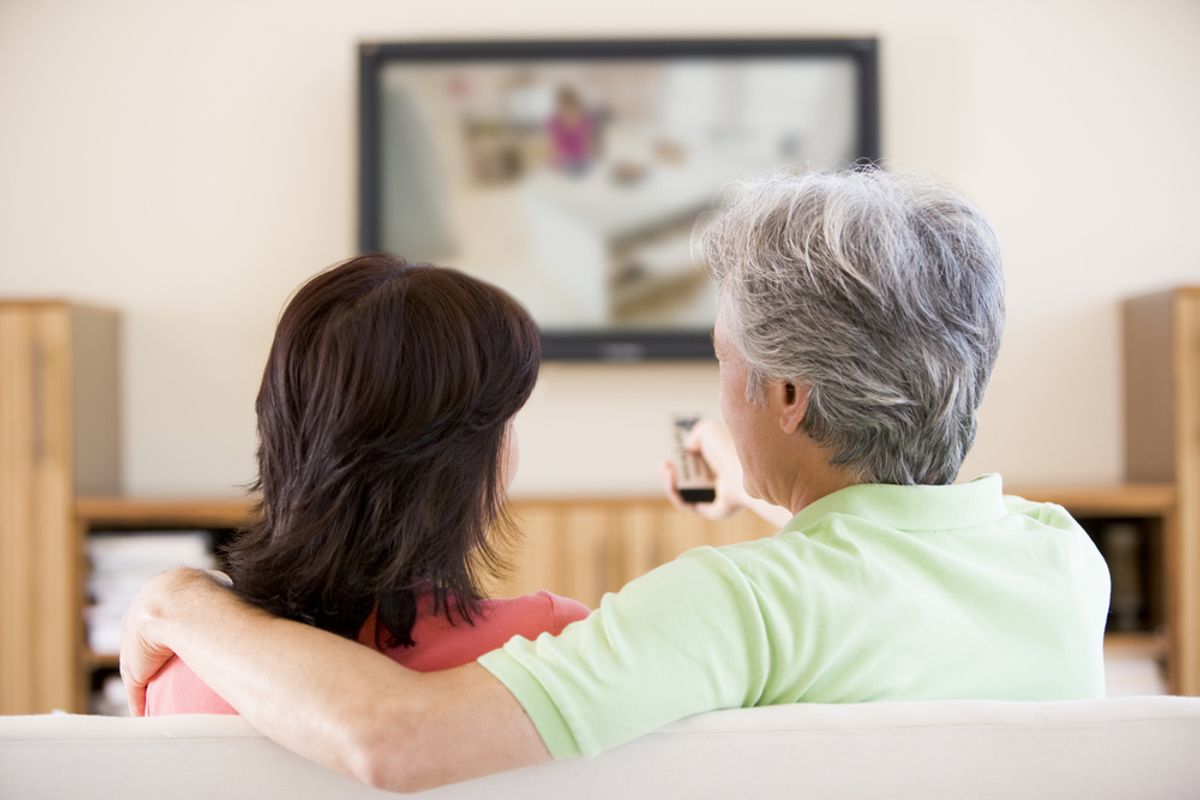In 1963, Pepsi–Cola kicked off a TV, radio, print, and billboard campaign that made advertising history.
Pepsi showed young people motorcycling, skiing, surfboarding, flirting. The product itself was barely described except as the choice of "livelier, active people," with "the young view of things." The campaign's tagline: "Come alive! You're in the Pepsi generation!"
The campaign didn't just speak to a generation. It defined the generation: a rebuff of the past, a shared project of youthful freedom and fun. The Encyclopedia of Major Marketing Campaigns, puts it this way: "In a stunning reversal of conventional advertising wisdom, Pepsi made the consumer––not the product––the hero of its ads and, in the process, sold viewers this portrait of themselves."
It came at the right time, just as the first baby boomers were entering their teenage years. Twenty years later, the boomers would comprise history's largest middle class, and Pepsi would be marketing to their kids. In 1984, for generation X, it was Michael Jackson and "the choice of a new generation."
The brand world learned its lesson. The idea of a generation mattered. Young people cared about product features and pricing, but even more they cared about their friends, their aspirations, their identity.
Lifestyle marketing to successive generations has only become more sophisticated. But while chasing today's youth, brands too often forget that baby boomers still have a lifestyle. In fact, they're the same people today as when they were teenagers, only older. That makes them experts on youth and where it leads.
The Middle Class at Play
Baby boomers by the millions grew up in circumstances that previous generations couldn't have imagined. They played in spacious backyards of detached suburban houses with mortgages subsidized by the G.I. Bill. They completed secondary education and entered college in greater numbers than ever before. They spent summer vacations riding in family station wagons over newly completed interstate highways. They were the first kids to grow up watching TV.
In short, they were the heirs to something brand–new––a modern middle class with the means and freedom to achieve unprecedented self–determination. Writing about the "Pepsi Generation," journalist Robert Klara notes it was always about "a state of mind more than a date of birth."
A State of Mind
These characteristics make baby boomers remarkably like today's young people, despite our efforts to identify the features that distinguish gen–Xers, Millennials, gen–Zers, and other categories. And there's so much age–neutral interaction among shoppers today, at home and online, that it pays to have authoritative advocates of any age.
Seeing the Opportunity
According to a Nielsen study of "Marketing's Most Valuable Generation," consumers over 50 years of age represent 44% of the U.S. population, control 70% of disposable income, and account for 49% of all spending on consumer packaged goods.
But less than 5% of advertising is geared specifically toward this age group, which means many brands are simply not seeing the opportunity. But the opportunity isn't just about age. Some trends are easy to predict. Boomers will be buying more health–care products, seeking financial and retirement advice, moving into condominiums, playing more golf. But these don't tell the whole story. Consider, for example:
Boomers are online and mobile. According to MarketingCharts, boomers make up 40% of the total spending for wireless services; more than half are on Facebook; and they spend far more money online than any other age group.
Boomers connect with youth. Many boomers are now grandparents, and, according to Brent Green, author of Generation Reinvention, "They don't want to just be the weathered old people sitting on the front porch passively watching their grandchildren play in the front yard. They want to be there with them."
Boomers are adventurous. The generation that came of age in the 1960s and 1970s practically invented road trips, fitness running, backpacking in exotic locales, ecotourism, adrenaline sports––basically, the whole concept of adventure for its own sake. Now, boomers have more time and money than ever to pursue new experiences.
Boomers are self–reliant. Sometime in the late 1960s, many young boomers, possibly borrowing from Ralph Waldo Emerson's essay "Self–Reliance," adopted the motto "Do your thing." Echoes of that ethic can be seen in today's DIY movements––from home pickling, to selling craftwork on Etsy, to starting new businesses on Kickstarter.
The Young View of Things
The fact that boomers collectively possess a lot of wealth is reason enough to get beyond the stereotypes and learn what they really think, want, and need. But the true value of taking a closer look is that they're really quite like younger generations.
Baby boomers––and the brands that recognized their potential––literally created the idea of youth culture more than 40 years ago. Every generation, from the baby boomers on down, began as "generation Youth." And they'll cling to that identity (rightly!) even as they follow the path boomers have been on for decades. We all want to hold onto "the young view of things," in the words of the old Pepsi campaign. To "Come Alive!"
Baby boomers understand that need like no one else. They've endured, and they intend to keep at it. Brands that want to do the same might learn from their experience.![]()

Shares